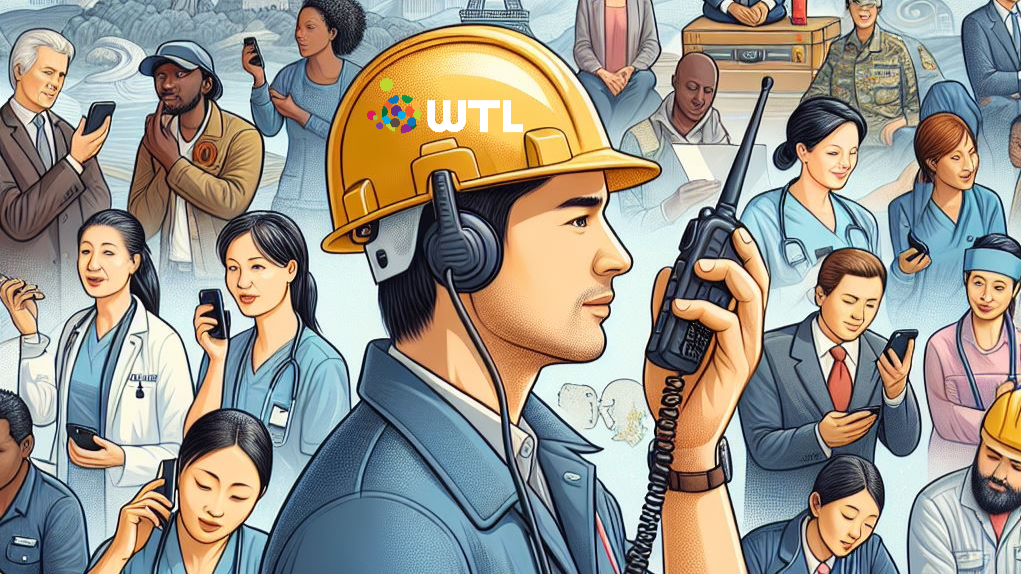
Reducing the cost and improving the performance of satellite voice communications
As the rise of the mobile phone continues, and demand for data-based services accelerates exponentially, it is easy to forget that voice still has a vital role to play in the communications mix. In fact, in many developing parts of the world, such as Africa and Asia Pacific, voice is vital not just for personal communications, but also for the growth and economic prosperity of maturing commercial districts.
Introduction:
What if it was possible to provide satellite bandwidth at a fraction of its usual cost, and with call quality comparable to conventional terrestrial communications?
In many such regions, fixed line networks are often too expensive, impractical or economically unviable for service providers to install. As a result, mobile reigns supreme.
In some regions, however, even mobile is simply not viable for operators, with diminishing returns on investment. Here, the only option is satellite.
However, as well as bringing voice communications to as many people as possible in order to promote commercial growth, satellite can also be used for backhaul on traditional GSM networks, and for carrying international traffic. Using satellite removes the need for heavy engineering, such as digging fibre or laying undersea cable, and is fast and cheap to deploy.
The only things holding more operators back from embracing satellite is a perceived view that it is expensive, and that it cannot match
the voice call quality of terrestrial networks, particularly with VOIP.


